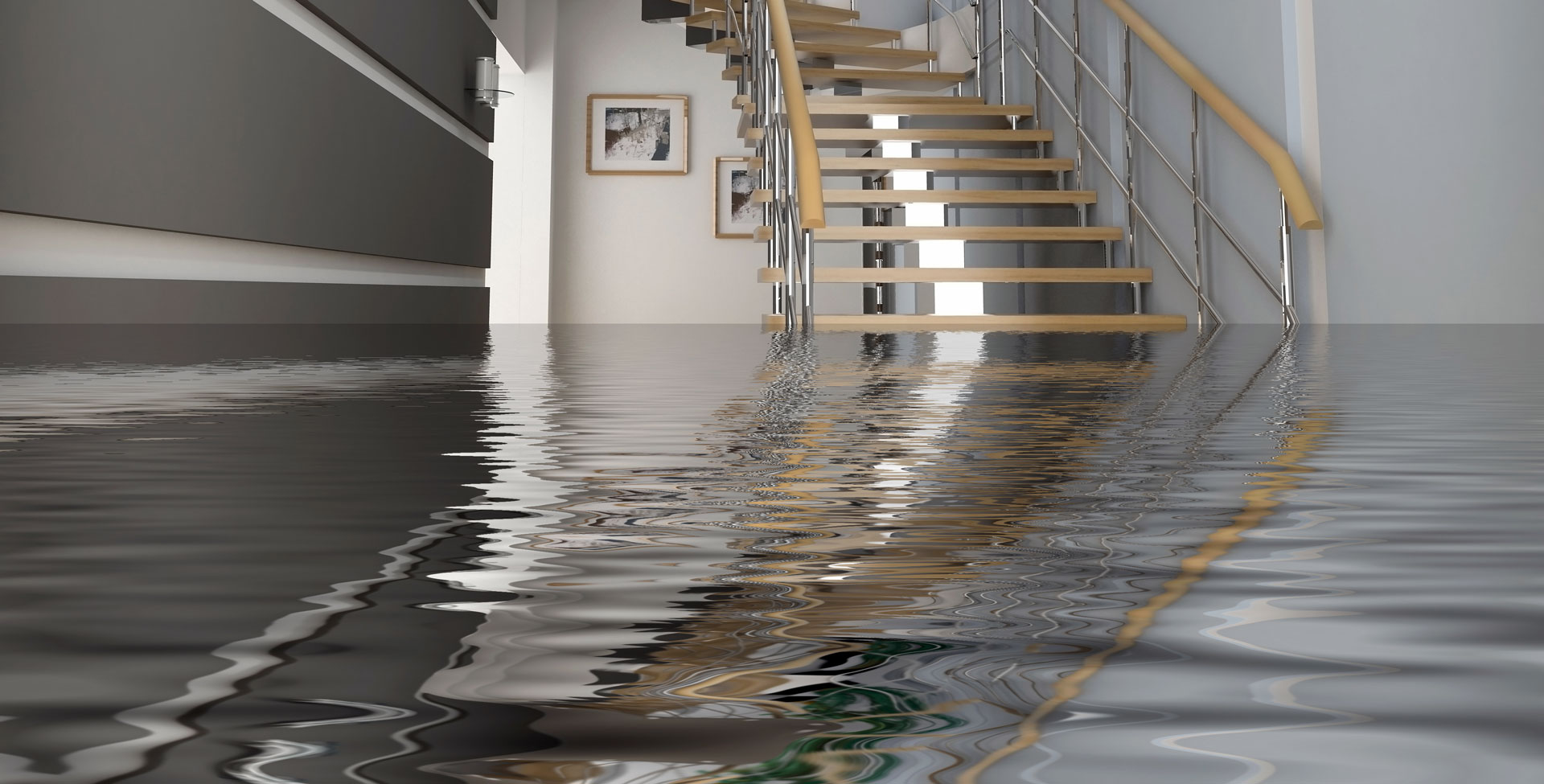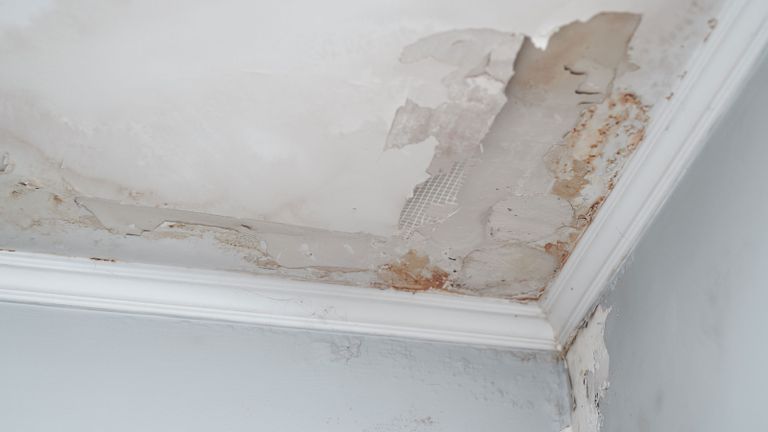Do's & Don'ts of Water Damage.
Do's & Don'ts of Water Damage.
Blog Article
The writer is making a number of great pointers related to How To Prevent Fire And Water From Ruining Your Holiday Season overall in this post in the next paragraphs.

Water provides life, however water invasion on some components where it's not intended to be can result in damages and also inconvenience. In addition, houses with water damages odor mildewy and old.
Water can come from several sources like typhoons, floods, ruptured pipelines, leakages, and also drain issues. If you have water damages, it's better to have a functioning understanding of security precautions. Here are a couple of standards on how to take care of water damages.
Do Prioritize Home Insurance Policy Protection
Seasonal water damages can originate from floodings, seasonal rainfalls, and also wind. There is additionally an event of an abrupt flooding, whether it came from a malfunctioning pipe that instantly breaks right into your house. To secure your residence, obtain home insurance policy that covers both disasters such as all-natural disasters, and also emergencies like busted plumbing.
Don't Fail To Remember to Switch Off Utilities
When catastrophe strikes and also you're in a flood-prone area, shut off the primary electric circuit. Turning off the power stops
When water comes in as water offers as a conductor, electric shocks. Do not fail to remember to switch off the primary water line valve as a method to stop more damages.
If the floodwaters are getting high, maintain your furniture secure as they can move and also cause additional damage.
Do Remain Proactive and also Heed Weather Signals
If you live in an area afflicted by floods, stay proactive and also ready at all times. Listen to the news and emptying warnings if you live near a body of water like a lake, river, or creek .
Don't Neglect the Roofing System
Your roofing contractor should take treatment of the defective rain gutters or any kind of various other signs of damage or weakening. An assessment will avoid water from flowing down your walls and soaking your ceiling.
Do Focus On Little Leakages
A ruptured pipe doesn't occur in a vacuum cleaner or over night. There are warnings that can attract your attention and also suggest to you some damaged pipelines in your home. Indications of red flags in your pipes consist of gurgling paint, peeling off wallpaper, water streaks, water discolorations, or dripping sounds behind the walls. There are signs that the pipe will burst. Don't wait for a rise if you see these indicators. Repair service and evaluate your plumbing fixed before it results in enormous damage to your house, financial resources, and an individual headache.
Don't Panic in Case of a Ruptured Pipe
Keeping your clearheadedness is vital in a time of dilemma. Panicking will only compound the problem because it will suppress you from acting fast. Panic will certainly likewise give you added stress. Timing is vital when it involves water damages. The longer you wait, the even more damages you can anticipate and the worst the outcomes can be. Promptly closed off your primary water shutoff to reduce off the resource and avoid more damages if a pipe ruptureds in your residence. Unplug all electric outlets in the location or switch off the breaker for that part of your house. Lastly, call a trusted water damage repair expert for assistance.
Water gives life, but water intrusion on some parts where it's not supposed to be can result in damages and also inconvenience. In enhancement, homes with water damage scent moldy and old.
Seasonal water damages can come from floodings, seasonal rains, and wind. Indicators of red flags in your pipelines include gurgling paint, peeling off wallpaper, water streaks, water discolorations, or dripping audios behind the walls. If a pipe ruptureds in your house, promptly shut off your main water shutoff to cut off the resource and also stop even more damages.
Some Do's & Don't When Dealing with a Water Damage
DO:
Make sure the water source has been eliminated. Contact a plumber if needed. Turn off circuit breakers supplying electricity to wet areas and unplug any electronics that are on wet carpet or surfaces Remove small furniture items Remove as much excess water as possible by mopping or blotting; Use WHITE towels to blot wet carpeting Wipe water from wooden furniture after removing anything on it Remove and prop up wet upholstery cushions for even drying (check for any bleeding) Pin up curtains or furniture skirts if needed Place aluminum foil, saucers or wood blocks between furniture legs and wet carpet Turn on air conditioning for maximum drying in winter and open windows in the summer Open any drawers and cabinets affected for complete drying but do not force them open Remove any valuable art objects or paintings to a safe, dry place Open any suitcases or luggage that may have been affected to dry, preferably in sunlight Hang any fur or leather goods to dry at room temperature Punch small holes in sagging ceilings to relieve trapped water (don't forget to place pans beneath!); however, if the ceiling is sagging extremely low, stay out of the room and we'll take care of it DO NOT:
Leave wet fabrics in place; dry them as soon as possible Leave books, magazines or any other colored items on wet carpets or floor Use your household vacuum to remove water Use TV's or other electronics/appliances while standing on wet carpets or floors; especially not on wet concrete floors Turn on ceiling fixtures if the ceiling is wet Turn your heat up, unless instructed otherwise

Do you enjoy reading up on Reducing Your Risk Of Water And Fire Damage At Home? Create a short review directly below. We would be delighted to listen to your suggestions about this blog posting. We are looking forward to see you back again in the near future. Enjoyed reading our content? Please share it. Let someone else check it out. Many thanks for taking the time to read it.
Report this page